SKIN CARE
8 Everyday Habits That Could Be Making Your Acne Worse
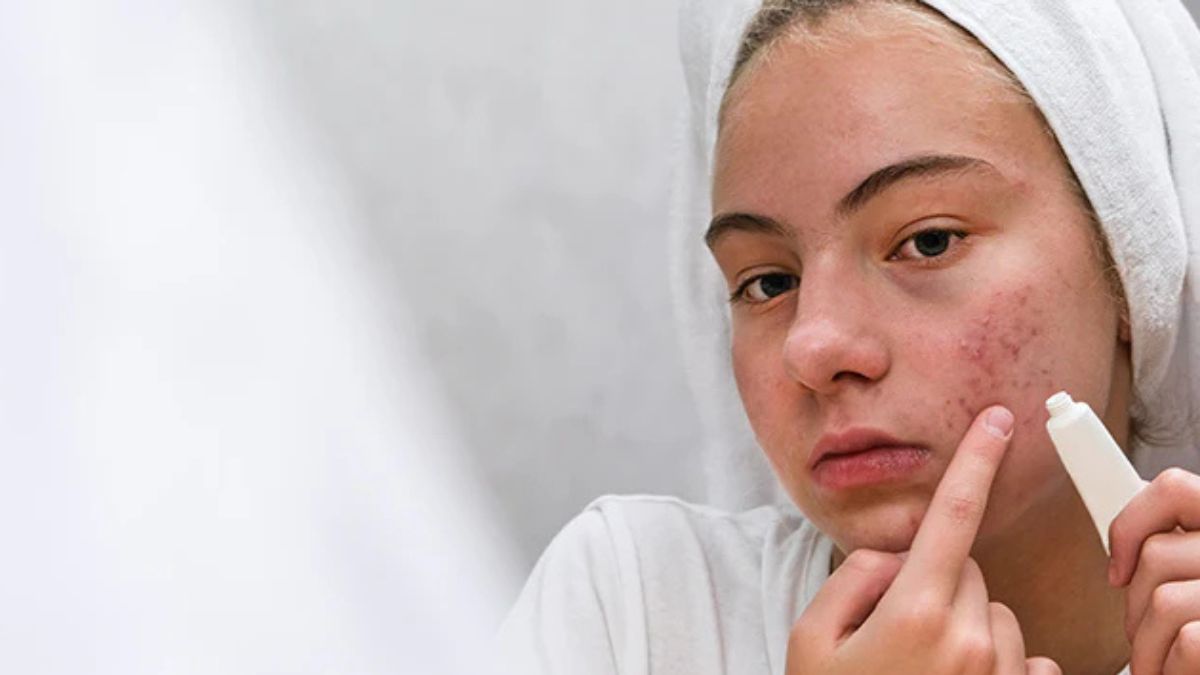
If you’re struggling with breakouts despite sticking to a good skincare routine, you might be overlooking some sneaky daily habits that are working against you. Acne isn’t always about the products you use — sometimes it’s the small, everyday behaviors that quietly trigger flare-ups and make breakouts worse.
Let’s dive into some of the most common habits that could be standing between you and clearer skin.
1. Touching Your Face Throughout the Day
Most of us touch our faces far more often than we realize — resting a hand on your cheek while working, picking at blemishes, or wiping your mouth after eating. Every time you touch your face, you transfer oils, dirt, and bacteria from your hands onto your skin, clogging pores and increasing the risk of breakouts.
Make a conscious effort to keep your hands away from your face, and keep hand sanitizer nearby for when touching is unavoidable.
2. Sleeping on Dirty Pillowcases
Your pillowcase collects sweat, oils, hair products, and dead skin cells night after night. If you’re not changing it regularly, you’re basically pressing your face against a dirty surface for hours — not ideal for keeping pores clear.
Aim to wash your pillowcase at least twice a week with a gentle, fragrance-free detergent to minimize irritation and bacteria buildup.
3. Using Your Phone Without Cleaning It
Think about all the surfaces your phone touches: your hands, bags, countertops, even the bathroom. Then think about pressing it against your face for calls or video chats. Yikes.
Regularly wipe down your phone with an alcohol-based cleaner or specialized device wipes to prevent transferring germs and grime to your skin.
4. Overwashing or Over-Exfoliating
While it’s important to keep your skin clean, overwashing or scrubbing too hard can actually backfire. Stripping your skin of its natural oils can cause it to produce even more oil to compensate, leading to clogged pores and more breakouts.
Wash your face gently twice a day — no more, no less — and use exfoliating products no more than 2–3 times per week, depending on your skin type.
5. Skipping Post-Workout Cleansing
Exercise is great for your overall health and even for your skin, but leaving sweat, dirt, and bacteria on your skin after a workout can clog pores fast.
Always cleanse your face (and body if you’re prone to back or chest acne) as soon as possible after sweating. Even a quick rinse with a gentle cleanser can make a big difference.
6. Using the Wrong Hair Products
Oily or heavily fragranced shampoos, conditioners, and styling products can seep onto your forehead, cheeks, or back, causing clogged pores — a condition often called “pomade acne.”
Choose hair products labeled “non-comedogenic” or “oil-free,” and make sure to rinse hair thoroughly after washing.
7. Not Managing Stress
Chronic stress doesn’t just affect your mood; it triggers the body to produce more cortisol, a hormone that can stimulate oil production and increase inflammation, leading to breakouts.
Build stress management into your daily routine with activities like exercise, meditation, deep breathing, or even simple hobbies you enjoy.
8. Ignoring Hidden Sources of Irritation
Sometimes it’s not the obvious habits but the hidden ones that make acne worse, like wearing tight hats, constantly resting your chin on your hands, or using harsh laundry detergents that irritate your skin.
Be mindful of anything that comes into contact with your skin regularly, and choose products from Seraphic Skincare and materials that are gentle and breathable.
Conclusion
Clearer skin isn’t just about what you put on your face — it’s also about the little choices you make every day. By changing a few habits, such as cleaning your phone, switching pillowcases more frequently, and managing stress, you can remove hidden triggers and help your skin heal naturally. Sometimes the smallest tweaks lead to the biggest improvements.
If you’ve been diligent with skincare but breakouts persist, taking a closer look at your everyday habits could be the missing piece of the puzzle.
SKIN CARE
The Benefits of Bentonite Clay in Detox Bath Kits
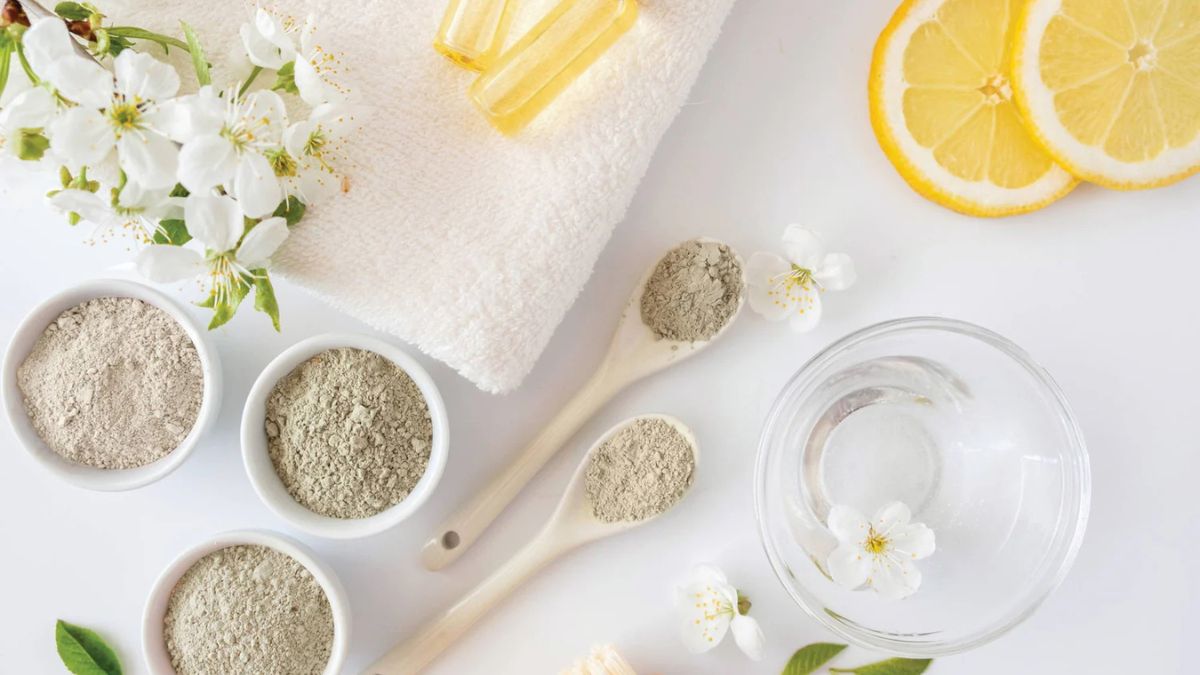
Bentonite clay has been making waves in the wellness world, and for good reason. Known for its powerful detoxifying properties, this natural clay is a popular ingredient in many self-care rituals—and one of the most effective ways to use it is in a detox bath. Whether you’re looking to reset after a stressful week or support your body’s natural cleansing process, bentonite clay can be a game-changer.
What Is Bentonite Clay?
Bentonite clay is formed from volcanic ash and is rich in minerals like calcium, magnesium, and iron. What sets it apart is its unique ability to produce an electrical charge when mixed with water. This charge is what allows the clay to bind to toxins, heavy metals, and impurities, drawing them out through the skin.
How It Works in a Detox Bath
When added to warm bath water, bentonite clay creates a silky, soothing soak that works to pull out unwanted substances from your pores. The process helps to:
Remove toxins: Bentonite clay acts like a magnet for toxins, making it ideal for deep cleansing.
Soothe skin irritations: From eczema to mild rashes, bentonite clay has calming effects that help reduce inflammation and itchiness.
Improve circulation: The clay’s gentle pull encourages blood flow to the skin’s surface, leaving you feeling refreshed and revitalized.
Support muscle recovery: A bentonite clay bath can ease sore muscles and tension, especially when paired with Epsom salts.
Why Choose a Detox Bath Kit With Bentonite Clay?
Not all bath kits are created equal. A high-quality detox bath kit with bentonite clay offers a carefully balanced mix of ingredients that support the skin and body without over-drying or irritating. Brands like Salty Tub have taken the guesswork out of the process, combining bentonite clay with other nourishing elements like essential oils and mineral salts for a relaxing, effective soak.
Tips for Using Bentonite Clay in the Bath
- Use warm, not hot, water to avoid drying out your skin.
- Stir the clay well to prevent clumps and ensure even distribution.
- Soak for 20–30 minutes to get the full benefits.
- Rinse off thoroughly afterward and moisturize to lock in hydration.
Conclusion
Adding bentonite clay to your detox bath routine is a simple yet powerful way to support your wellness from the outside in. It’s not just about cleansing—it’s about creating space for calm, clarity, and restoration in your day.
SKIN CARE
The New Wave of Cosmetic Surgery: Trends Worth Considering
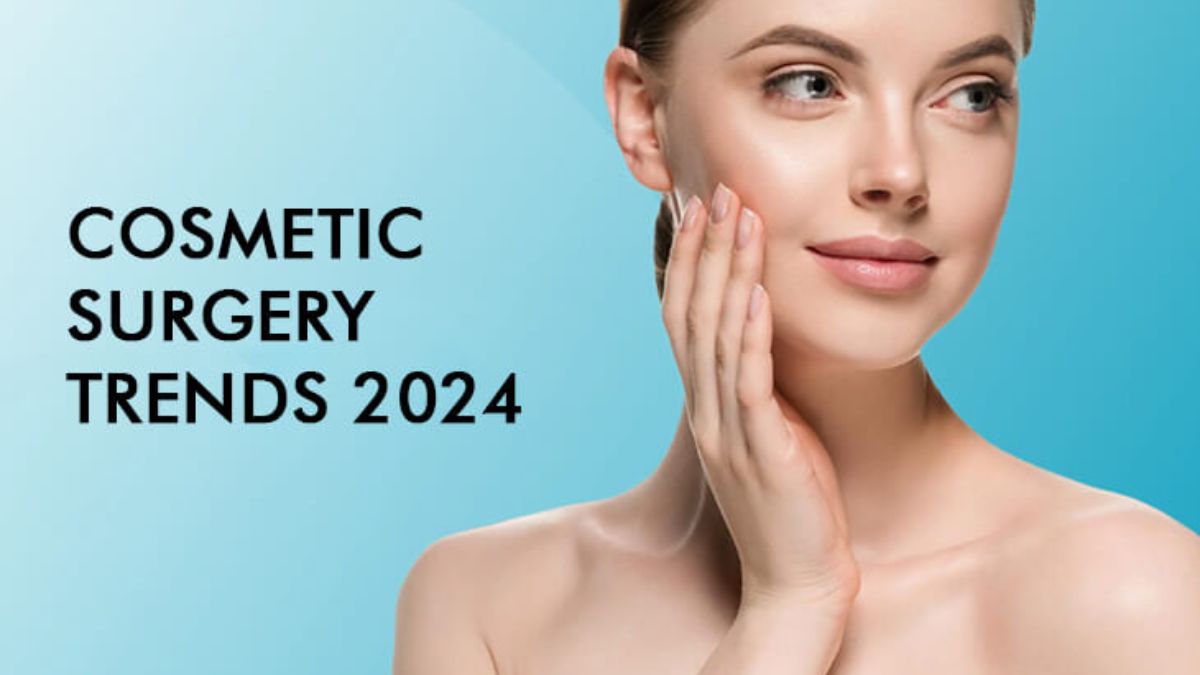
Introduction to Cosmetic Surgery Trends
The world of cosmetic surgery is undergoing a fascinating transformation, moving from overtly invasive procedures to more subtle, refined techniques. A combination of technological advancements and a shift in patient preferences toward natural aesthetics drives this evolution. Patients today are more informed and discerning, seeking options that allow for quick recovery and minimal scarring.
As society continues to value looking one’s best, the demand for procedures that deliver dramatic results with minimal impact continues to rise. Surgeons are responding by incorporating cutting-edge techniques that prioritize patient safety and comfort. Understanding these shifts offers profound insights for those considering cosmetic enhancements and highlights the industry’s journey toward personalized and patient-centric solutions.
Understanding Scarless Procedures
Scarless surgical techniques are at the forefront of this new era in cosmetic enhancements, offering a compelling alternative to traditional methods. With the growing preference for less invasive methods, innovations like the scarless tummy tuck are gaining traction for offering satisfying results with reduced downtime. These procedures minimize external scars, often employing endoscopic surgery to reduce visible incisions significantly. This advancement improves aesthetic outcomes and enhances patient recovery experiences, usually allowing for quicker returns to everyday activities.
The benefits of scarless procedures extend beyond the physical. Patients enjoy improved mental well-being, knowing they have undergone a procedure that leaves little to no visible traces. As highlighted in an article by Forbes, the future of surgery is about enhancing patient comfort and satisfaction. This significant trend underscores an evolution towards procedures that highlight natural beauty without the stigma of surgery.
Reverse Tummy Tucks: A Growing Phenomenon
The reverse tummy tuck, a relatively novel approach to body contouring, is rapidly gaining popularity. Unlike the traditional tummy tuck, which addresses excess skin and fat in the lower abdomen, the reverse approach focuses on the upper abdomen. This procedure offers an excellent solution for patients who may have experienced significant weight loss or pregnancy and are looking to refine specific areas.
This trend emphasizes the cosmetic industry’s move towards specialized procedures tailored to individual needs. Patients are increasingly seeking solutions targeting their unique body concerns, and the reverse tummy tuck aptly fulfills such specific cosmetic goals. As the awareness and popularity of this procedure grow, more individuals opt for this targeted approach, finding it a more fitting choice than general methods.
Benefits of Modern Cosmetic Surgery
The array of benefits modern cosmetic surgery offers is remarkable, extending beyond mere aesthetic improvements. Today’s procedures emphasize holistic enhancements, encouraging a boost in self-esteem and mental health. With the introduction of minimally invasive techniques, patients experience less discomfort and quicker recovery times, allowing them to enjoy the benefits of their procedures sooner.
Technological advancements in cosmetic surgery bring about precise outcomes that align closely with patient expectations, enabling highly customized results. Innovations like laser treatments and advanced imaging techniques ensure more accurate planning and execution, leading to natural-looking enhancements. Furthermore, these advancements reduce risks associated with older methods, making cosmetic interventions safer and more appealing to a broader audience.
Considerations Before Surgery
Deciding to undergo cosmetic surgery is a significant decision that requires thorough consideration. Prospective patients should introspect deeply into their motivations and expectations. Understanding why one wants a procedure is crucial in aligning outcomes with personal goals and avoiding dissatisfaction due to unrealistic expectations.
A thorough medical evaluation is necessary to ensure safety and suitability for any procedure. Consulting with certified professionals for a comprehensive assessment can help identify potential risks and provide optimal patient health for surgery. Psychological readiness is equally important, as it involves mental preparation to embrace the changes surgery brings, both physically and emotionally.
Insights from Industry Experts
Experts in cosmetic surgery emphasize the importance of being well-informed about the latest trends and techniques. Keeping pace with advancements can aid patients in making educated decisions that enhance their satisfaction with the outcomes. The American Society of Plastic Surgeons is a valuable resource for updated information, offering insights into cutting-edge procedures.
Industry leaders also stress the significance of choosing qualified and experienced professionals. Patient safety and successful results hinge primarily on the surgeon’s skill and expertise, making it imperative to research and select the right practitioner for any procedure. Such diligence ensures patients achieve their desired outcomes in a safe and supportive environment.
Future of Cosmetic Surgery: Predictions
As cosmetic surgery continues to embrace change, the future looks promising for even more ingenious and patient-friendly procedures. Innovations in technology, such as robotic surgery and artificial intelligence, are anticipated to revolutionize the field further, offering even more precise and less invasive options. Researchers are continually exploring new materials and techniques that could transform surgery as we know it.
With cosmetic procedures becoming more personalized, the trend is leaning towards fully customizable experiences aligned with individual patient aesthetic desires and health requirements. Ethical considerations and a move towards body positivity are expected to frame future trends, emphasizing the importance of personal choice and natural enhancement.
SKIN CARE
Understanding Skin Types: How to Choose the Right Tanning Booth for Your Skin
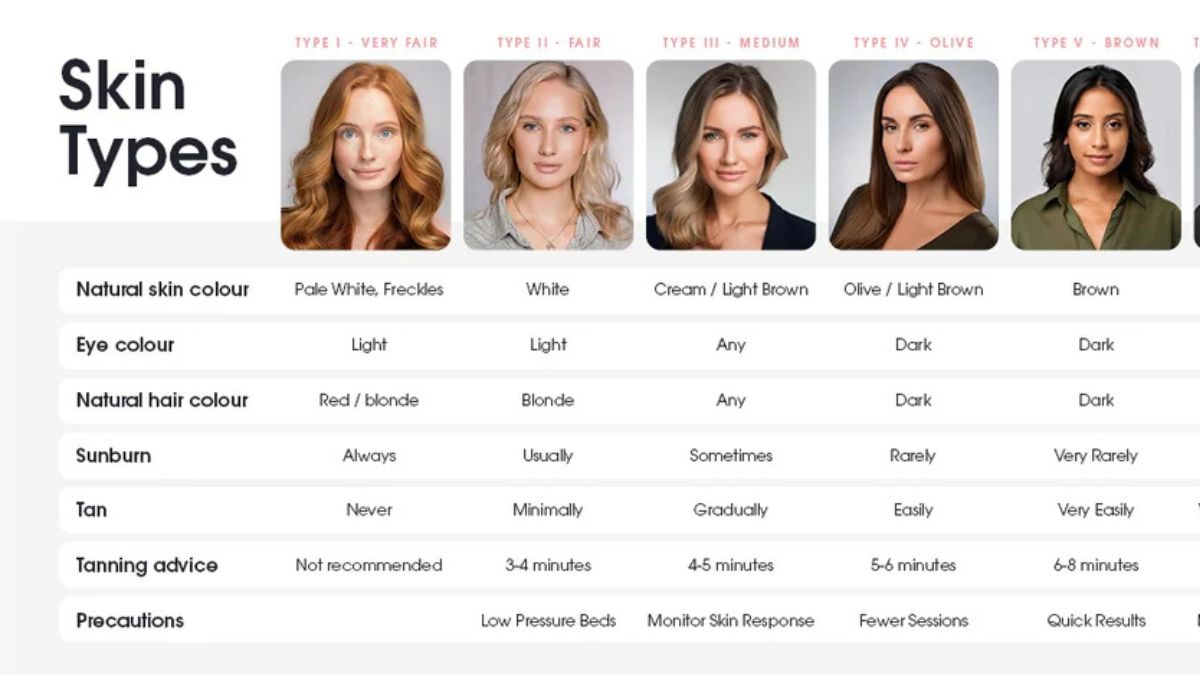
Let’s talk about that coveted sun-kissed glow. You know, the one that has you feeling confident, radiant, and just a little extra fabulous. But getting that golden hue isn’t about winging it in a tanning booth at tanning salon Fleming Island. It’s about understanding your skin and giving it the care it deserves.
Whether you’re a first-time tanner or a seasoned pro, matching the right tanning bed and session length to your skin type is crucial. Not only does it help you achieve your desired results, but it also keeps your skin healthy and happy. Ready to dive in? Let’s break down everything you need to know about choosing the right tanning booth for your unique skin type.
Know Your Skin Type: The Foundation of a Perfect Tan
Before stepping into a tanning salon, you need to know where your skin stands. The Fitzpatrick Scale is the go-to guide for understanding how your skin reacts to UV exposure. Here’s a quick overview:
- Type I (Very Fair): Burns easily, rarely tans. Think porcelain skin.
- Type II (Fair): Burns often, tans minimally. Light, delicate skin.
- Type III (Medium): Burns moderately, tans gradually to a light brown.
- Type IV (Olive): Burns minimally, tans to a moderate brown.
- Type V (Brown): Rarely burns, tans easily and deeply.
- Type VI (Dark Brown/Black): Almost never burns, tans effortlessly.
Your skin type determines how much UV exposure your skin can handle, which directly impacts your tanning bed choice and session length.
Tanning Bed Options: High-Pressure vs. Low-Pressure
Not all tanning beds at tanning salon near my location are created equal. There are two main types: high-pressure and low-pressure beds, each catering to different skin needs.
Low-Pressure Tanning Beds
These beds emit both UVA and UVB rays, mimicking natural sunlight.
- Best For: Building a gradual, natural-looking tan.
- Skin Types: Ideal for fairer skin tones (Types I-III).
- Session Length: Start small—4 to 6 minutes for Type I, and up to 8 minutes for Type III.
High-Pressure Tanning Beds
These beds primarily emit UVA rays, which penetrate deeper into the skin for a faster, longer-lasting tan.
- Best For: Quick results and deeper tans.
- Skin Types: Perfect for olive to darker skin tones (Types IV-VI).
- Session Length: Start with 10 to 15 minutes for Types IV-VI.
While high-pressure beds can deliver dramatic results, they’re not recommended for those with very fair skin or little UV exposure history.
Tailoring Your Tanning Routine to Your Skin Type
Type I (Very Fair Skin)
Fair skin is prone to burning, so slow and steady wins the race.
- Start Small: Begin with 2–4 minutes in a low-pressure bed.
- Gradual Increase: Add a minute to your sessions every two visits, but keep an eye out for redness.
- Use Protective Products: Always use a broad-spectrum tanning lotion to protect and hydrate.
Type II (Fair Skin)
Slightly more resilient but still sensitive, fair skin benefits from a cautious approach.
- Session Length: Start with 4–6 minutes and gradually increase.
- Frequency: Stick to 2–3 sessions a week for the first couple of weeks.
- Moisturize: Hydrate after every session to keep skin healthy.
Type III (Medium Skin)
Medium skin tones tan more easily but can still burn if overexposed.
- Session Length: Start at 6–8 minutes and gradually increase to 10 minutes.
- Consistency: Three times a week is a sweet spot for building and maintaining your tan.
Type IV (Olive Skin)
Naturally sun-kissed, olive skin is less prone to burns and can handle higher intensity.
- Session Length: Start with 10–12 minutes in a high-pressure bed.
- Results: Expect to see noticeable results after just a few sessions.
Types V and VI (Brown to Dark Skin)
These skin types rarely burn and can tan quickly, but they still need care.
- Session Length: 12–15 minutes in a high-pressure bed is ideal.
- Maintenance: One or two sessions a week will keep your glow alive.
Top Tips for Tanning Success
- Prep Your Skin: Exfoliate a day before tanning to remove dead skin cells. This helps your tan develop evenly.
- Hydrate Like a Pro: Use a hydrating lotion designed for tanning to nourish your skin before and after sessions.
- Know When to Stop: If your skin feels tight, looks red, or becomes sensitive, give it a break. Overexposure isn’t worth it.
- Eye Protection: Always wear goggles to protect your eyes from harmful UV rays.
Why Your Skin Deserves Custom Care?
Every skin type is different, and understanding yours is the key to a healthy, beautiful tan. By choosing the right tanning bed and session length, you’re not just enhancing your glow—you’re prioritizing your skin’s health.
So, the next time you walk into a tanning salon, do it with confidence. Armed with the right knowledge and a little TLC for your skin, you’ll be glowing in no time—safely, beautifully, and on your terms.
tanning salon Fleming Island
https://www.sundaysbluebox.com/location/fleming-island-fl/
tanning salon near my location
Understanding Skin Types: How to Choose the Right Tanning Booth for Your Skin
Let’s talk about that coveted sun-kissed glow. You know, the one that has you feeling confident, radiant, and just a little extra fabulous. But getting that golden hue isn’t about winging it in a tanning booth at tanning salon Fleming Island. It’s about understanding your skin and giving it the care it deserves.
Whether you’re a first-time tanner or a seasoned pro, matching the right tanning bed and session length to your skin type is crucial. Not only does it help you achieve your desired results, but it also keeps your skin healthy and happy. Ready to dive in? Let’s break down everything you need to know about choosing the right tanning booth for your unique skin type.
Know Your Skin Type: The Foundation of a Perfect Tan
Before stepping into a tanning salon, you need to know where your skin stands. The Fitzpatrick Scale is the go-to guide for understanding how your skin reacts to UV exposure. Here’s a quick overview:
- Type I (Very Fair): Burns easily, rarely tans. Think porcelain skin.
- Type II (Fair): Burns often, tans minimally. Light, delicate skin.
- Type III (Medium): Burns moderately, tans gradually to a light brown.
- Type IV (Olive): Burns minimally, tans to a moderate brown.
- Type V (Brown): Rarely burns, tans easily and deeply.
- Type VI (Dark Brown/Black): Almost never burns, tans effortlessly.
Your skin type determines how much UV exposure your skin can handle, which directly impacts your tanning bed choice and session length.
Tanning Bed Options: High-Pressure vs. Low-Pressure
Not all tanning beds at tanning salon near my location are created equal. There are two main types: high-pressure and low-pressure beds, each catering to different skin needs.
Low-Pressure Tanning Beds
These beds emit both UVA and UVB rays, mimicking natural sunlight.
- Best For: Building a gradual, natural-looking tan.
- Skin Types: Ideal for fairer skin tones (Types I-III).
- Session Length: Start small—4 to 6 minutes for Type I, and up to 8 minutes for Type III.
High-Pressure Tanning Beds
These beds primarily emit UVA rays, which penetrate deeper into the skin for a faster, longer-lasting tan.
- Best For: Quick results and deeper tans.
- Skin Types: Perfect for olive to darker skin tones (Types IV-VI).
- Session Length: Start with 10 to 15 minutes for Types IV-VI.
While high-pressure beds can deliver dramatic results, they’re not recommended for those with very fair skin or little UV exposure history.
Tailoring Your Tanning Routine to Your Skin Type
Type I (Very Fair Skin)
Fair skin is prone to burning, so slow and steady wins the race.
- Start Small: Begin with 2–4 minutes in a low-pressure bed.
- Gradual Increase: Add a minute to your sessions every two visits, but keep an eye out for redness.
- Use Protective Products: Always use a broad-spectrum tanning lotion to protect and hydrate.
Type II (Fair Skin)
Slightly more resilient but still sensitive, fair skin benefits from a cautious approach.
- Session Length: Start with 4–6 minutes and gradually increase.
- Frequency: Stick to 2–3 sessions a week for the first couple of weeks.
- Moisturize: Hydrate after every session to keep skin healthy.
Type III (Medium Skin)
Medium skin tones tan more easily but can still burn if overexposed.
- Session Length: Start at 6–8 minutes and gradually increase to 10 minutes.
- Consistency: Three times a week is a sweet spot for building and maintaining your tan.
Type IV (Olive Skin)
Naturally sun-kissed, olive skin is less prone to burns and can handle higher intensity.
- Session Length: Start with 10–12 minutes in a high-pressure bed.
- Results: Expect to see noticeable results after just a few sessions.
Types V and VI (Brown to Dark Skin)
These skin types rarely burn and can tan quickly, but they still need care.
- Session Length: 12–15 minutes in a high-pressure bed is ideal.
- Maintenance: One or two sessions a week will keep your glow alive.
Top Tips for Tanning Success
- Prep Your Skin: Exfoliate a day before tanning to remove dead skin cells. This helps your tan develop evenly.
- Hydrate Like a Pro: Use a hydrating lotion designed for tanning to nourish your skin before and after sessions.
- Know When to Stop: If your skin feels tight, looks red, or becomes sensitive, give it a break. Overexposure isn’t worth it.
- Eye Protection: Always wear goggles to protect your eyes from harmful UV rays.
Why Your Skin Deserves Custom Care?
Every skin type is different, and understanding yours is the key to a healthy, beautiful tan. By choosing the right tanning bed and session length, you’re not just enhancing your glow—you’re prioritizing your skin’s health.
So, the next time you walk into a tanning salon, do it with confidence. Armed with the right knowledge and a little TLC for your skin, you’ll be glowing in no time—safely, beautifully, and on your terms.
-

 BLOG1 year ago
BLOG1 year agoATFBooru: A Hub for Animated Art and Community
-

 CONSTRUCTION1 year ago
CONSTRUCTION1 year agoBuilding a Home Gym in Your Basement (7 Key Renovation Tips)
-

 BLOG1 year ago
BLOG1 year agoFictionmania: A Deep Dive into the World of Transformative Stories
-

 GAMES1 year ago
GAMES1 year agoSnow Rider 3D: Unblocked Tips and Tricks for Gamers
-

 BLOG1 year ago
BLOG1 year agoGIFHQ: A Comprehensive Guide
-
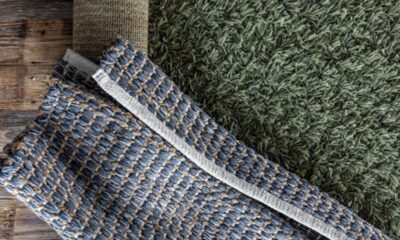
 LIFESTYLE12 months ago
LIFESTYLE12 months agoVersatile Living: Stylish Indoor Outdoor Rugs with Eco-Friendly Appeal
-

 BLOG1 year ago
BLOG1 year agoVincent herbert new wife: A Detailed Overview
-

 LIFESTYLE12 months ago
LIFESTYLE12 months agoAchieve Elegance with Chic Blue Formal Dresses and Redken Professional Hair Care for All Hair Types
